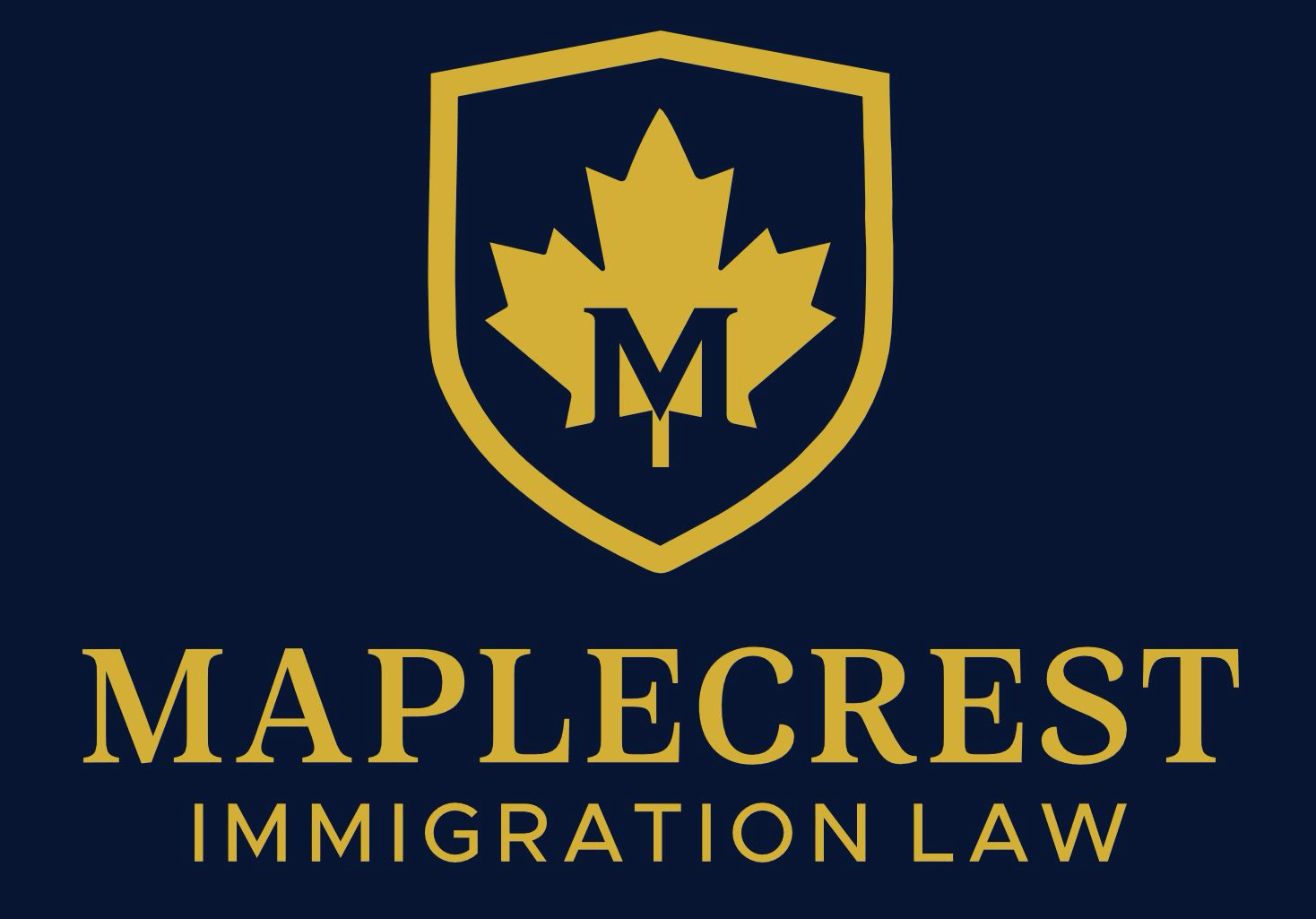Canada plans to welcome 395,000 new permanent residents in 2025. Internationally trained professionals hold the skills that fill critical gaps in health care, engineering and skilled trades. Foreign Credential Recognition (FCR) stands as the gateway for newcomers to turn overseas qualifications into Canadian licensure.
ESDC’s new FCR portal unifies every requirement—document checklists, exam schedules, regulatory contacts—under one roof. Newcomers access step-by-step guidance and apply for up to $30,000 in FCR loans to cover exam fees, training or translation.
Table of Contents
Understanding Foreign Credential Recognition (FCR)
Foreign Credential Recognition verifies that your overseas education, skills and work experience meet Canadian regulatory standards. Regulated professions—such as physicians, nurses, accountants and engineers—demand provincial or territorial licensure. Compulsory trades—electricians, plumbers and welders—require certification under provincial safety codes. Over 20 percent of Canadian jobs fall under these categories. FCR grants you legal authority to use your professional title. It removes barriers that force newcomers into underemployment. Success in FCR enables you to compete for appropriate roles and contribute fully to the economy.
Why Foreign Credential Recognition Matters in 2025
Canada faces acute labor shortages in health care, construction and skilled trades. Unfilled positions surged in 2023 within nursing, engineering and machining sectors. International talent addresses these gaps while diversifying Canada’s workforce. FCR aligns newcomers’ skills with market demand. It reduces reliance on temporary solutions. It drives productivity and innovation. FCR provides financial stability and career growth. Starting FCR before arrival shortens wait times and cuts costs.
Canada’s New Foreign Credential Recognition Resource from ESDC
ESDC designed an online portal that consolidates all FCR information in one location. It links you to provincial regulatory bodies and outlines each step in the process and supplies checklists for document requirements and exam schedules. It also features a searchable database of regulated occupations and trades. Including a loan application interface for FCR Loans up to $30,000. Visit the ESDC FCR portal for full details.
How to Navigate the Foreign Credential Recognition Process
| Step | Action | Resource Link |
|---|---|---|
| 1 | Identify Regulated Occupations | ESDC Occupation Search Tool |
| 2 | Contact Regulatory Body | Provincial/Territorial Regulator Websites |
| 3 | Gather and Translate Documentation | World Education Services (WES), Certified Translators |
| 4 | Complete Assessments and Exams | Exams: Medical Council, National Nursing Assessment Service, Red Seal Program |
| 5 | Obtain Licensure or Certification | Regulatory Body Approval |
Step 1: Identify Regulated Occupations
Use the ESDC Occupation Search Tool to confirm your field’s status. Enter your occupation name or NOC code. The tool flags regulated roles and points you to the correct provincial regulator. For example, search “engineer” and select “Ontario” to reach Professional Engineers Ontario.
Step 2: Contact the Regulatory Body
Locate the regulator’s official site via ESDC links. Review submission guidelines for transcripts, work records and language tests. Note each regulator’s fees and processing times. Secure exam dates or bridging program spots. For nursing, contact the National Nursing Assessment Service. For electricians in B.C., visit SkilledTradesBC.
Step 3: Gather and Submit Documentation
Compile academic credentials, professional licenses, work references and proof of language proficiency (IELTS or TEF). Translate all documents into English or French through a certified translator. Use WES for credential evaluation and comparability reports. Ensure notarization where required. Submit digital copies via the regulator’s portal.
Step 4: Complete Assessments and Exams
Register for required exams. Doctors write the Medical Council of Canada Qualifying Examination (MCCQE). Tradespeople pursue Red Seal certification through provincial apprenticeship offices. Set aside budget for exam fees, travel and preparatory courses. Book assessments months in advance.
Step 5: Obtain Licensure or Certification
Upon meeting all criteria, the regulator issues your license or certificate. You receive a unique identification number and permission to practice under your title. Update your resume with Canadian credentials. Network through professional associations to secure job leads.
Provincial Regulatory Bodies at a Glance
| Province/Territory | Regulator Example | Website |
|---|---|---|
| Ontario | College of Physicians and Surgeons of Ontario | https://www.cpso.on.ca/ |
| British Columbia | SkilledTradesBC | https://www.skillaplacbc.ca/ |
| Alberta | Alberta Association of Professional Engineers | https://www.ae.ca/ |
| Quebec | Ordre des ingénieurs du Québec | https://www.oiq.qc.ca/ |
| Nova Scotia | Nova Scotia College of Nursing | https://www.nscn.ca/ |
Financial Aid: Foreign Credential Recognition Loans and Grants
Canada offers loans up to $30,000 under the Foreign Credential Recognition Loans program. Low-interest rates and deferred repayment options ease financial strain.
| Program | Maximum Amount | Eligible Costs | Apply Through |
|---|---|---|---|
| Atlantic Immigrant Career Loan Fund | $20,000 | Exam fees, training, travel | Atlantic Canada Opportunities Agency |
| Immigrant Loans Program (IRCC) | $30,000 | Credential assessment, language tests | Immigration, Refugees and Citizenship Canada |
| Ontario Bridging Participant Assistance Program | $15,000 | Bridging courses, mentorship | Ontario Ministry of Labor |
| Quebec Financial Assistance for Newcomers | $10,000 | Skills evaluation, professional coaching | Ministère de l’Immigration, de la Francisation et de l’Intégration |
Visit the IRCC financial assistance page for application deadlines.
Settlement and Support Services
FCR integrates with IRCC-funded settlement agencies across Canada. They offer career counselling, resume workshops and mentorship programs.
| Service Type | Provider Example | Contact |
|---|---|---|
| Career Counselling | Toronto Region Immigrant Employment Council | https://triec.ca/ |
| Mentorship | Immigrant Services Association of NS (ISANS) | https://www.isans.ca/ |
| Job Search Workshops | YMCA Pre-Arrival Services | https://ymcagta.org/ |
| Community Programs | Francophone Integration Pathway | https://www.canada.ca/fr/immigration-francisation.html |
These services help you build Canadian-style resumes and prepare for interviews.
Bridging Programs to Meet Canadian Standards
Bridging programs combine classroom training, work placements and mentorship. They target gaps between your credentials and Canadian requirements.
| Program Name | Occupations Covered | Funding Source |
|---|---|---|
| Ontario Bridging Participant Assistance Program | IT, Business, Engineering | Ontario Ministry of Labour and IRCC |
| Alberta International Qualified Professionals | Health, Education | Alberta Labour and Immigration |
| Manitoba Foreign-Trained Professionals Program | Construction, Finance | Manitoba Provincial Nominee Program |
| British Columbia Bridging Program | Skilled Trades | BC Ministry of Advanced Education |
Apply early to secure placement. Visit each provincial ministry website for intake dates.
Language Training for Professional Success
Language proficiency represents a core FCR requirement. IRCC funds Language Instruction for Newcomers to Canada (LINC) and Cours de langue pour les immigrants au Canada (CLIC). These programs deliver free or subsidized classes across provinces. LINC in Ontario offers up to 600 hours of instruction. CLIC in Quebec focuses on Quebec-specific workplace French. Employers value official language benchmarks at CLB 7 or higher for regulated roles. Enroll before starting the FCR process to optimise your test results.
Pre-Arrival Planning and Integration
Pre-arrival services prepare you before landing in Canada. The YMCA of the National Capital Region provides online modules on housing, education and job markets. IRCC’s Come to Canada tool predicts your eligibility and links you to settlement partners. Set up a Canadian bank account remotely. Translate essential documents. Secure temporary accommodations near your regulatory body’s office for in-person assessments.
Conclusion and Next Steps
Foreign Credential Recognition (FCR) stands at the heart of professional integration in Canada. It transforms your overseas qualifications into Canadian licensure and opens doors to rewarding careers in health care, engineering and skilled trades. It also taps into government loans up to $30,000 as well as connects you to settlement agencies, bridging programs and language training. Follow the five-step FCR process before or upon arrival. Consult ESDC’s FCR portal and IRCC’s settlement tools. Contact provincial regulators for field-specific guidance. Begin your FCR journey now to secure professional fulfilment in Canada’s 2025 immigration wave.
References
-
Employment and Social Development Canada: Foreign Credential Recognition resource
-
Immigration, Refugees and Citizenship Canada: Financial assistance for newcomers
Take Action: Secure Your Foreign Credential Recognition Today
Don’t let unrecognized credentials slow your career in Canada. Maple Crest Immigration Law stands ready to guide you through every step of the FCR process. Contact our experts now to:
-
Fast-track your credential assessment
-
Access up to $30,000 in Foreign Credential Recognition loans
-
Connect directly with provincial regulators
-
Obtain tailored support for exams, translations and bridging programs
Contact Maple Crest Law to book a consultation. Act today—start your journey to Canadian licensure and professional success.




